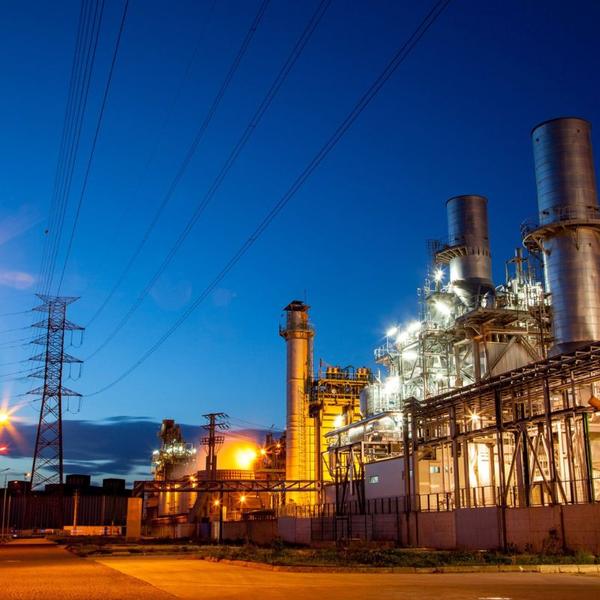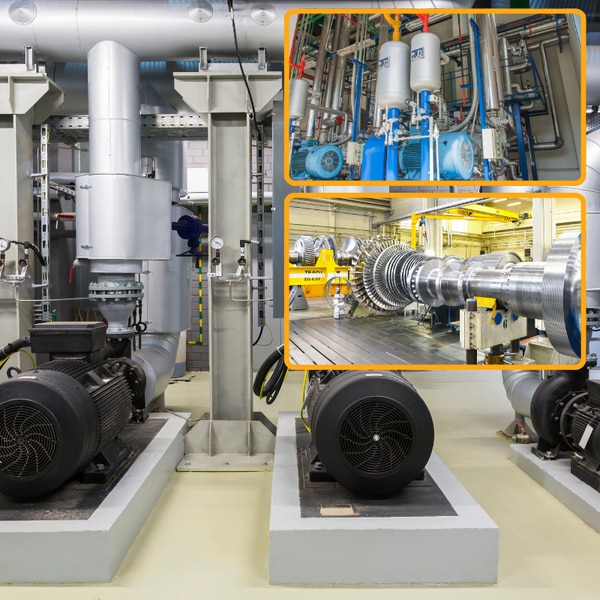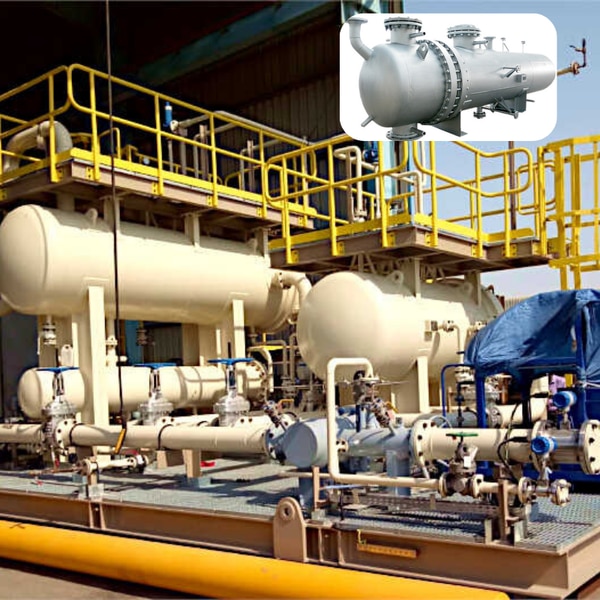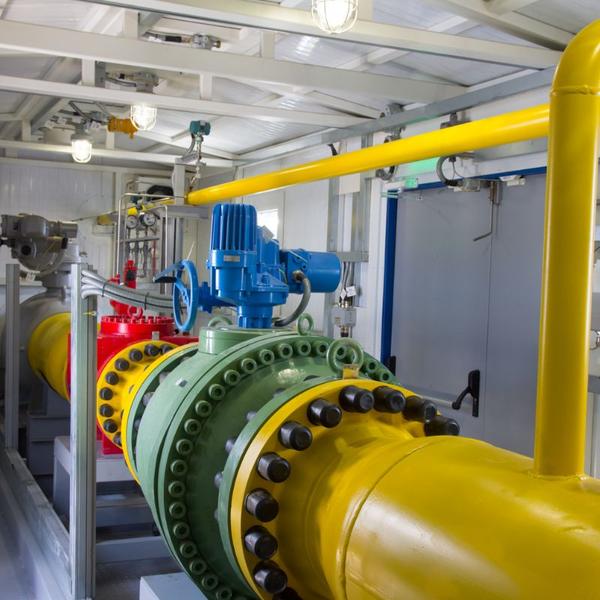Description
Introduction-
The goal is to design safe and dependable processing facilities in a cost effective manner. The fact is that there are very few formal training programs that focus on design and engineering of Electrical systems of such big plants.
The heavy electrical industry has under its purview power generation, transmission, distribution and utilization equipment. These include turbo generators, boilers, turbines, transformers, switchgears and other allied items. These electrical equipment (transformers, switchgears, etc.) are used by almost all the sectors. Some of the major areas where these are used include power generation projects, petrochemical, refineries, chemical plants, integrated steel plants, non-ferrous metal units, etc.
Course Details-
• Certificate- Electrical Design Engineering
• Duration- 5 Months (Only Sunday Batch), 3 Months (Regular Batch)
• Duration in Hours- 120 Hours
• Eligibility- Degree/Diploma into Electrical Engineering
• Training Mode- Online Live / Offline
Declaration-
• This training program is on AUTONOMOUS basis conducted by Petromech.
• Petromech has right to expel any student at any time for misbehaviour, poor attendance without refunding the fees.
• Petromech has its own rules and regulations about conducting examinations and assessment of examinations.
Why Petromech?
• Nice learning environment.
• Good and experienced faculties from the industry.
• Skill certification.
• Placement support.
• Full time and part time batches.
• Online and offline training mode.
• Provide study materials, case studies and recorded session.
Course Contents:
1- Overview:-
• Introduction of Electrical Engineering
• Introduction of EPC Industry
• Coordination with Other Department
2- Estimation of Plant Electrical Load:-
• Preparation of Load Schedule
• Determination of Power Supply Capacity
• Standby Capacity consideration
• Rating of Generators in Relation to Prime Movers Importance of max and min temp
• Rating of Motors in Relation to their Driven Machines
3- Electrical Equipment Sizing, Selection and Calculation:-
• Motor
• Transformer
• Emergency Generator
• Neutral Grounding Resistor (NGR)
• Power capacitor banks (PCB)
• AC UPS
• HV/MV Switchgears
• LV Switchgears
• Battery
• Battery Charger
• DC UPS
• CT/PT
• Power reactor
• Bus duct
4- Cable Selection, Sizing and Layout:-
• Power and Control cable Introduction
• Cable Selection and Sizing
• Cable sizing for Low voltage system
• Cable sizing for High voltage system
• Voltage Drop Consideration
• Let through Energy consideration
• Earth fault Loop Impedance consideration
• Cable Schedule
• Cable interconnection Schedule
• Selection and Sizing of cable Tray
• Cable tray schedule
• Cable Drum schedule
• Conduit Selection
• Conduit Sizing
• Cable Routing Layout
• Cable Tagging
• Installation details
5- Development of Single Line Diagram (SLD):-
• Key SLD
• Detail SLD
• Lighting system SLD
• Small power SLD
• Metering and Control diagram
6- Hazardous Area Classification:-
• Zone/Division Classification
• Types of Protection for Hazardous Areas
• Hazardous source List Preparation
• Certification of Hazardous Area Equipment
• Marking of Equipment Nameplates
• Hazardous Area Drawings / Layouts Preparation
7- Substation / Switchyard Design:-
• Introduction
• Type of Sub-Stations
• General arrangement of substation
• Equipment Layout
8- Illumination Design:-
• Introduction
• Type of Lighting Fixtures
• Selection of Lighting Fixtures
• Preparation of Fixtures Schedule
• Indoor Illumination Calculation
• Outdoor Illumination Calculation
• Calculation on Software
• Lighting Layout Design
• Lighting Installation Detail
• Small Power selection
• Lighting Board Schedule
9- Earthing & Lightening Protection Design:-
• Requirement of Earthing in Industrial Plants
• Earthing Design calculations
• Type of Earthing and Details
• Earthing Installation Details
• Earthing Layout Design
• Lightening Protection Requirement
• Lightening Protection Calculation
• Lightening Installation Details
• Lightening Layout Design
10- Power System Studies:-
• Overview & Load Flow Analysis
• Short Circuit Analysis (Fault Calculations)
• Motor Starting Study
• Relay- Coordination
11- Procurements (Equipment Specification):-
• Motor
• Transformer
• Emergency Generator
• Power capacitor banks (PCB)
• Cable
12- Assignments.




